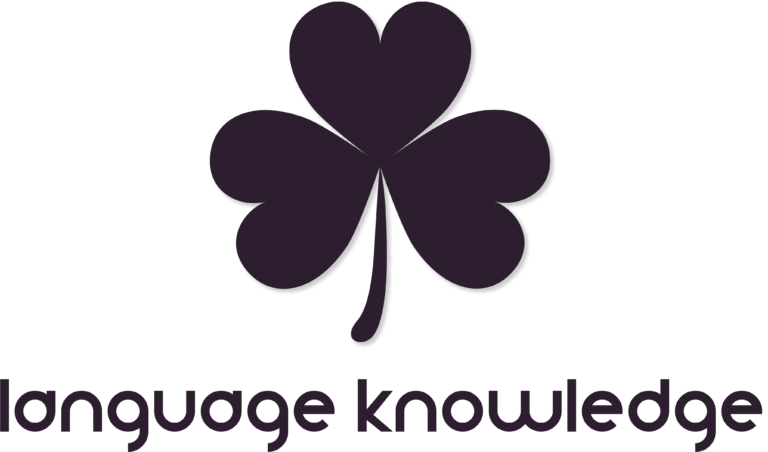What is conditional 1 simple?
The conditional 1 simple is used in the main clause of an IF- type 2 sentences and on the other in the indirect speech, when the first verb is in the past and the direct sentence is in the future 1. You will find the formation in the following!
Conditional 1 simple formation
Regular formation of conditional 1 simple
would + Infinitive
The formation of the conditional 1 simple is also simple. Because from a normal sentence, you just have to write a would before your verb. However, you must follow the correct English word order.
would not + Infinitive
Likewise, the negation is very simple, because you only have to attach a “not” to your “would“.
Irregular:
On the other hand, there are no irregular verbs in the conditional 1 simple.
What you need to know about conditional 1 simple!
Spelling:
There are also no special features in spelling. The only hack is the word order (subject, predicate, object) of the conditional 1 simple.
Don’t get it twisted:
Both “would not” and “I would” are equated with “wouldn’ t” or “I’d”.
Conditional 1 example
Normal sentence:
I would learn.
Negative sentence:
I would not learn. / I wouldn’t learn.
Question mark:
Would I learn?
Conditional 1 simple signal words
Consequently, the first use (If-sentences) must have an If. However, there are no real signal words per se.
How to use conditional 1 simple!
- As a result, conditional 1 simple is used in the main clause of a type 2 If-sentence.
- On the other, you need it in the indirect speech when the first verb is in the past and the direct sentence in the future 1.
(Example: He said he would learn English.)
About me
Hey, formerly I thought that learning languages was an innate one. Either you can speak English perfectly or not and no matter how much you learn – “I do not write a good grade in English anyway.” But I quickly learned that you do not know everything in your mother tongue.
After a while, I gave myself one last chance to learn English. Only this time I limited myself to the essential points.
That meant for me verbs: the form – examples – signal words & the usage
This method enabled me to learn English faster than ever before.
Since then I know that learning to talk is not innate. And through that realization, my vision has become to offer other students the opportunity to learn English,just like I did back then. Now I ask you to help me by sharing this article with your friends! Thanks a lot!
You read: Conditional 1 Simple





